Trent Alexander-Arnold is the latest to join Liverpool’s injury list in a costly season, and after his month layoff the focus will be on avoiding setbacks, writes Dr Rajpal Brar.
The Reds were held to a 1-1 draw by Man City on Sunday evening, with a share of points between the title rivals widely considered fair.
But in the aftermath, Jurgen Klopp was clearly angered by the demands on players in a truncated, busy campaign, with Alexander-Arnold pulling up with a calf injury midway through the second half.
Now Klopp is forced to plan without his No. 66 for a stretch, and Liverpool’s medical staff will be tasked with overseeing a swift and safe recovery.
Here, Dr Rajpal Brar assesses Alexander-Arnold’s calf problem and highlights the risks to avoid moving forwards.
What’s the return timeline & severity?
Following a scan to the right calf, it was reported that the England international was set to miss roughly four weeks, adding to Liverpool’s ever-growing injury list.
Based on that return timeline, Alexander-Arnold likely suffered either a grade 1 (mild) calf tear to the ‘myotendinous junction’ (AKA the transition point) of the gastrocnemius calf muscles and the Achilles’ tendon, or a grade 2 tear to the muscle belly of the gastrocnemius muscles (most commonly the medial or inner gastroc).
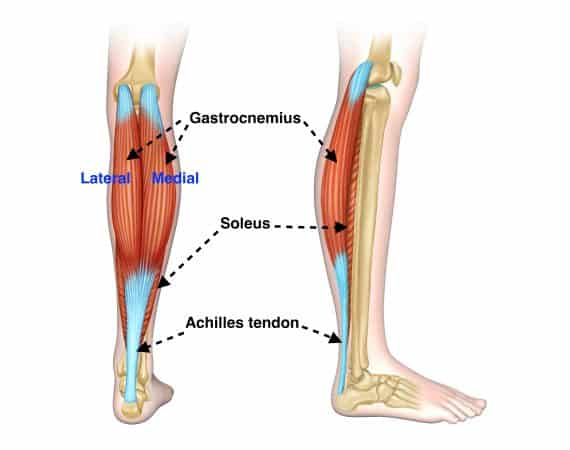
The on-pitch physio evaluation may clue us in, as there was noticeable examination lower down the calf which may indicate the former possibility (myotendinous junction).
However, this may also indicate – albeit less likely based on prevalence – injury to the soleus calf muscle, which sits below the superficial gastrocs.
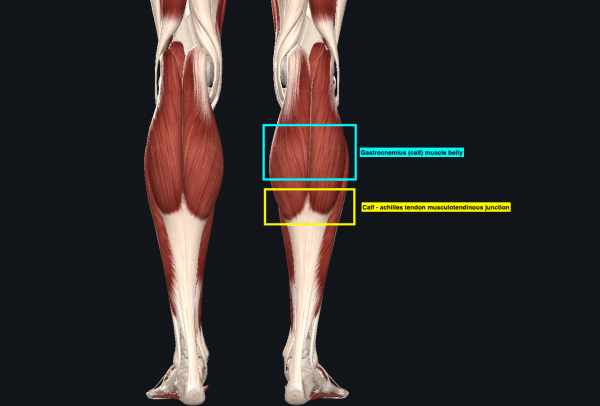
In either case, these possibilities speak to the fact that true muscle injury severity isn’t simply about the grade of tear, but rather location plays an important determining factor as well.
An all-too-predictable injury
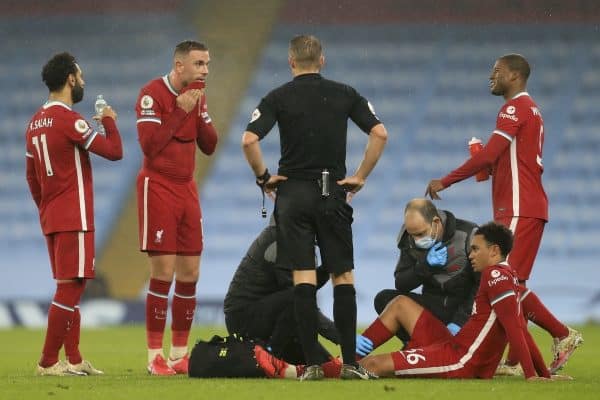
For those with a basic understanding of player health and fitness, this is an injury that isn’t surprising in the slightest as it is a prototypical overuse injury.
Alexander-Arnold and his counterpart Andy Robertson have featured in every Premier League and Champions League this season thus far, after coming off a shortened break between the restart and the current season.
Combine that with a condensed schedule and Alexander-Arnold’s extensive usage over the last two seasons, and this was simply a matter of time.
Player safety concerns & the five sub rule

Alexander-Arnold’s injury is yet another drop in the bucket for those clamouring for the five sub rule.
Personally, I felt it was a very short-sighted decision by smaller clubs to not allow the rule in the first place, for multiple reasons that I laid out in this piece prior to the season.
Following the match, City manager Pep Guardiola lamented Alexander-Arnold’s injury and again called for a review of the five sub rule to enhance player safety.
This is a call that has constantly been championed by Jurgen Klopp, from the break between seasons to seemingly every week now.
Implications for player & manager
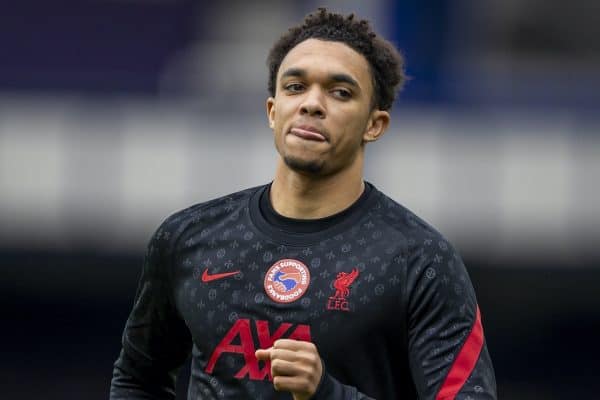
The key implication for Alexander-Arnold is reinjury risk, as calf strains can be pesky, annoying creatures with a moderately increased risk for reinjury.
Liverpool’s medical staff is excellent so I have no doubt they consider and execute all that is necessary to mitigate that risk, but this may also be the impetus for Klopp to finally implement a consistent rotation with his full-backs.
It is an approach he spoke of over the summer but has yet to implement thus far.
This may not only prevent reinjury for Alexander-Arnold but also keep Robertson fully healthy and buzzing as well.












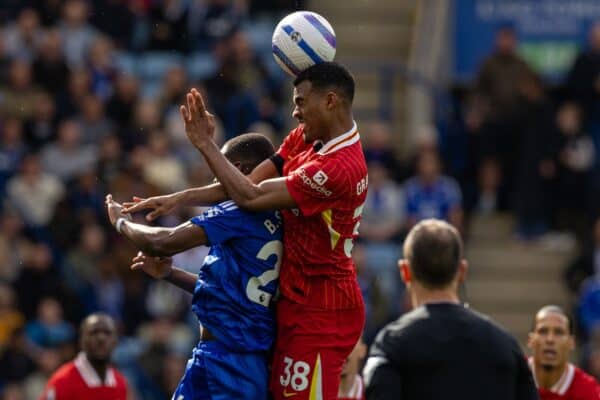




Fan Comments